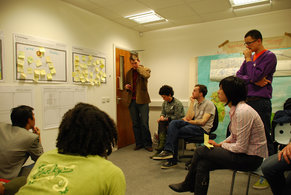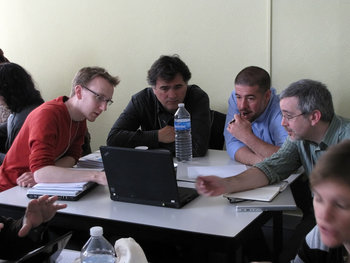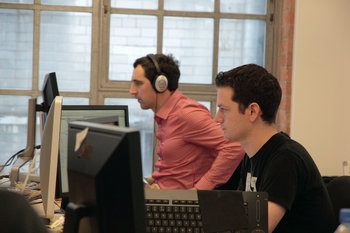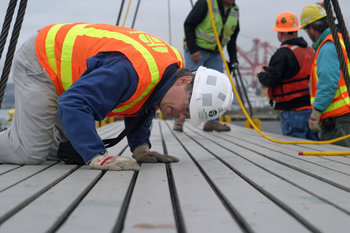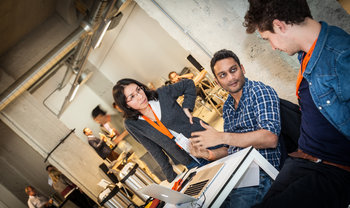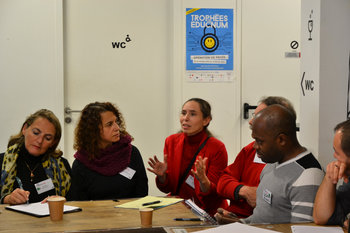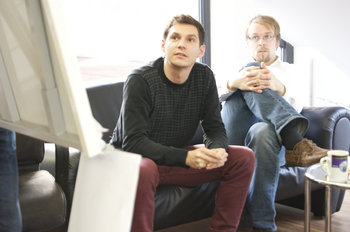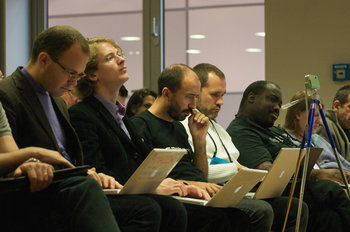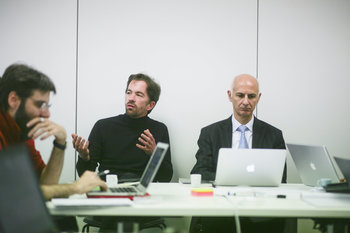
Strategy
Identifying and investing in meaningful change. This requires the ability to differentiate between valuable change and trivial industry trends that lead nowhere.Finances
Stewardship and management of financial resources and liquidity such that you can withstand a period of stress.Sustainability
Practices that don't damage the environment or the quality of life of the communities in which you operate.Risk Management
The ability to identify, assess and manage risk by avoiding, reducing, transferring, sharing or accepting it. Resilience should not be viewed as another word for risk management as it is mostly about taking risk and leading change.Design
Designing things well reduces risk and helps you to lead into the future. For example, reliability engineering that allows your services to withstand stress.Efficiency
Doing more with less. For example, cutting costs and improving quality at the same time.Productivity
Doing more with time. For example, using your organizational culture to avoid the negative office politics that distracts your competition.Fault Tolerance
Building processes, tools and structures such that you expect them to fail. For example, building things with no single point of failure.Customers
Staying in tune with customers such that you can invent things they like. For example, engaging lead users who are pushing your products to their limits.Creativity
A process of brave experimentation whereby your people are trying things aggressively enough that failure is a regular process for you.Vision & Taste
Key employees who are able to direct the creative output of your firm into products in a way that makes sense. This requires vision and a sense of taste.| Overview: Organizational Resilience | ||
Type | ||
Definition (1) | The ability of an organization to endure stress and change. | |
Definition (2) | The ability of an organization to survive into the future. | |
Related Concepts | ||

